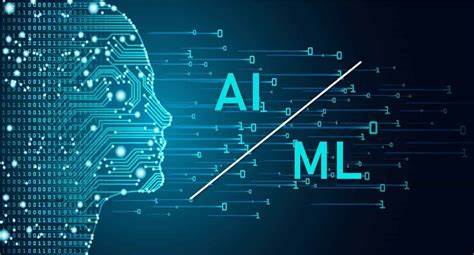How to Master Data Science: A Step-by-Step Guide
Data science is one of the most in-demand and impactful careers of our time. Whether you want to work in tech, finance, healthcare, or research, mastering data science can unlock incredible opportunities. But where do you start—and how do you truly master it?
Here’s a practical step-by-step guide to help you build expertise and confidence in data science, even if you’re learning on your own.
1. Start with the Foundations
Before diving into complex algorithms, it’s essential to build a solid foundation:
-
Mathematics: Focus on statistics, linear algebra, and probability. Understanding concepts like distributions, hypothesis testing, and matrices is key.
-
Programming: Learn Python—it’s the most widely used language in data science. Start with variables, loops, and functions, then move on to libraries like NumPy and pandas.
Free resources:
-
Khan Academy for math
-
W3Schools or Python.org for Python basics
2. Learn Data Wrangling and Visualization
Real-world data is messy. You'll need to learn how to clean, transform, and explore datasets:
-
pandas and NumPy for data manipulation
-
Matplotlib, Seaborn, or Plotly for data visualization
Visualization is critical—not just for understanding data, but for communicating insights effectively.
3. Study Machine Learning Algorithms
Machine learning (ML) is the core of advanced data science. Learn the following:
-
Supervised learning: Linear regression, decision trees, random forests, SVM, and gradient boosting
-
Unsupervised learning: K-means, hierarchical clustering, PCA
-
Model evaluation: Accuracy, precision, recall, F1 score, and confusion matrices
Use libraries like scikit-learn, XGBoost, and LightGBM to build and test your models.
4. Work on Real Projects
Practice makes progress. Apply your skills through:
-
Kaggle competitions
-
Open-source datasets (from UCI, data.gov, or GitHub)
-
Personal projects like sentiment analysis, customer segmentation, or predictive modeling
Building a portfolio not only strengthens your knowledge—it’s essential for job applications.
5. Learn SQL and Databases
Data scientists frequently work with relational databases. Learn:
-
SQL for querying structured data
-
Basics of ETL pipelines and how to connect SQL with Python
Tools like PostgreSQL and MySQL are great to start with.
6. Explore Deep Learning and AI (Advanced)
Once you’ve mastered machine learning basics, dive into deep learning:
-
Learn TensorFlow or PyTorch
-
Understand neural networks, CNNs (for image data), RNNs (for time series), and transformers (for NLP)
This step is especially useful if you're aiming for roles in AI research or advanced analytics.
7. Sharpen Soft Skills and Business Acumen
Great data scientists don’t just analyze data—they explain it clearly and tie it to business goals. Focus on:
-
Data storytelling and dashboards (using tools like Tableau or Power BI)
-
Understanding domain-specific needs (e.g., in finance, healthcare, or marketing)
8. Keep Learning and Stay Updated
Data science evolves rapidly. Follow blogs, join communities (like r/datascience or DataTalks), and take part in webinars, bootcamps, and online courses from Coursera, edX, or Udemy.





